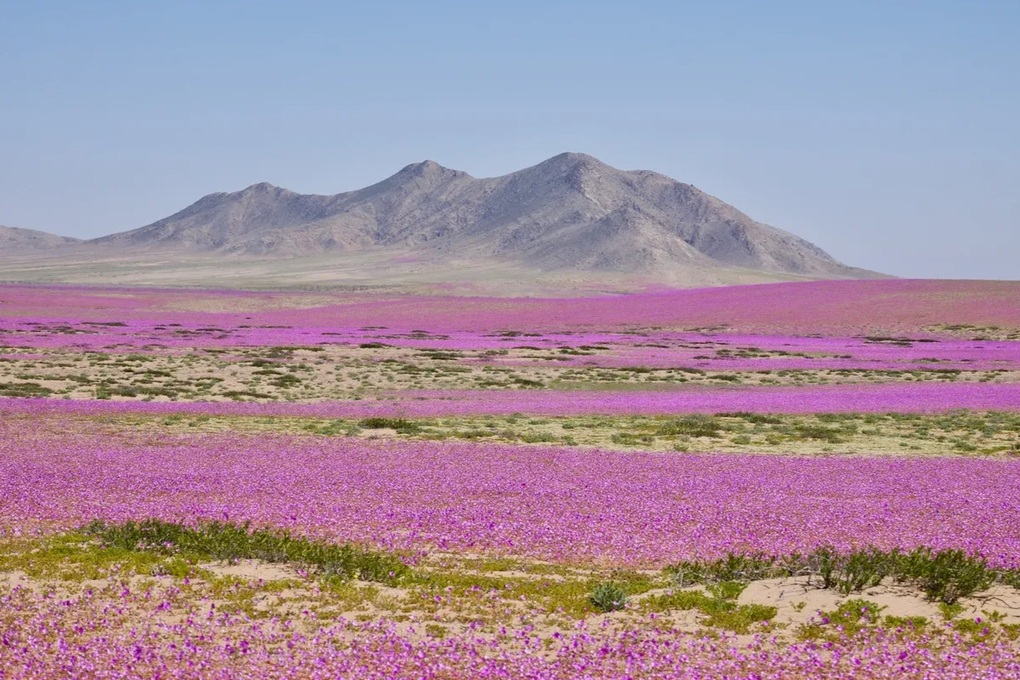
The Atacama Desert bloomed in 2017 (Photo: Iflscience).
A rare phenomenon scientifically known as desierto florido (flower bloom) will appear in the Atacama Desert, Chile next September.
This is the first time since 2022 that the harshest land on the planet is covered with hundreds of brilliant wildflowers, attracting the attention of scientists and international tourists.
Flowers bloom in the driest place in the world
According to information from the Chilean National Forestry Corporation (CONAF), the desierto florido phenomenon is expected to begin in the third week of September, peak in October before ending in the first half of November.
Jorge Carabantes, head of the Conaf protected area, said the carpet of flowers will stretch from Totoral in the north to Caleta Chañaral de Aceituno in the south. The colorful flowers will transform the harsh, rocky landscape of the Atacama into a magnificent “sea” of flowers.
Desert flower blooms don't happen often, but are triggered by a rare combination of suitable temperatures, abundant sunlight, and unusually heavy rain.
Rainfall is particularly important and is often associated with the El Niño-Southern Oscillation (ENSO) phenomenon, when warm ocean currents increase evaporation and bring more rainfall than usual.
It is this precious amount of water that gives seeds hidden deep in the ground for many years the chance to germinate and blossom.
The vitality of nature
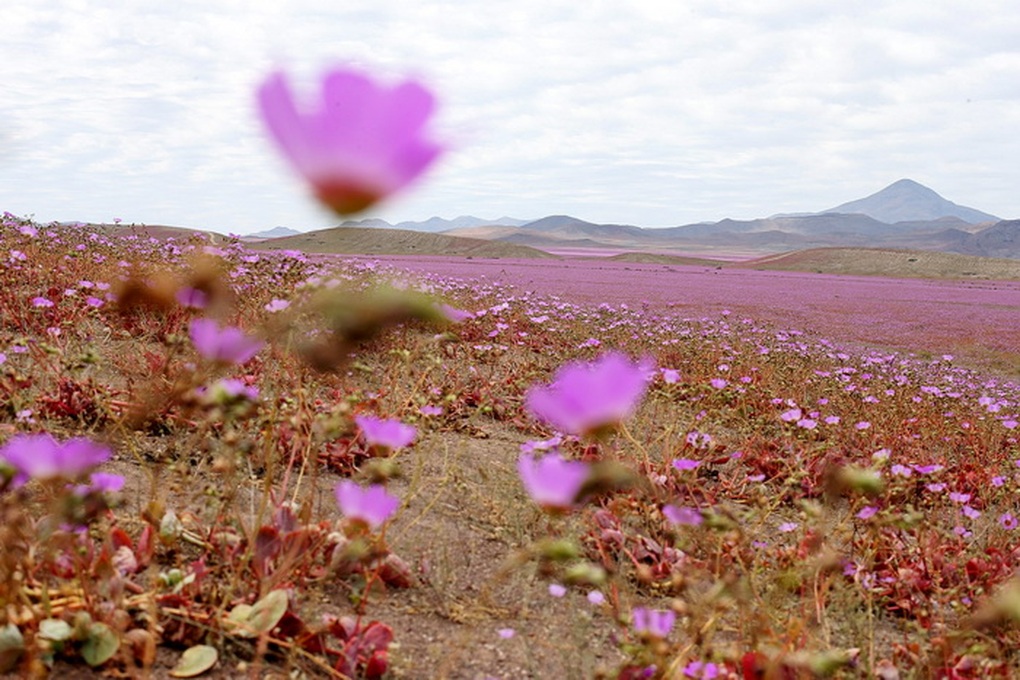
Bright pink mallow flowers are the highlight of the blooms in the Atacama Desert (Photo: Getty).
Each flower season in Atacama affirms the strong vitality of nature in the harshest conditions.
There, this is not only a tourist attraction, but also a sign that nature still holds many mysteries, forcing people to continue to research and learn to better understand the impact of climate on the most fragile ecosystems on the planet.
Professor Ana María Mujica, of the Pontifical Catholic University of Chile, said that in the past 40 years, the Atacama Desert has only bloomed about 15 times, mainly in the Copiapó and Huasco regions.
This shows the rarity and research value of this phenomenon. Normally, the flower only blooms once every one to seven years, between September and November, which is also the time of spring in the Southern Hemisphere.
However, the cycle is not entirely stable. Two consecutive blooms occurred in 2015 and 2017, while 2022 saw an unusual event, with the bloom occurring in the middle of a La Niña period, which typically sees little rain.
Last year, Atacama witnessed flowers blooming in July, in the middle of winter. This is a testament to the unpredictable changes in climate.
Not only does it offer stunning scenery, it is also a valuable "natural laboratory" for scientists. It helps clarify the relationship between global climate change, the ENSO phenomenon and desert ecosystems.
At the same time, the flower season also attracts thousands of tourists from all over the world, bringing cultural and economic value to the region.
Source: https://dantri.com.vn/khoa-hoc/vi-sao-hoa-no-ruc-ro-giua-sa-mac-kho-han-nhat-the-gioi-20250820081122408.htm



![[Photo] Next to the "mountain of trash" after the flood, Tuy Hoa residents strive to rebuild their lives](/_next/image?url=https%3A%2F%2Fvphoto.vietnam.vn%2Fthumb%2F1200x675%2Fvietnam%2Fresource%2FIMAGE%2F2025%2F11%2F24%2F1763951389752_image-1-jpg.webp&w=3840&q=75)








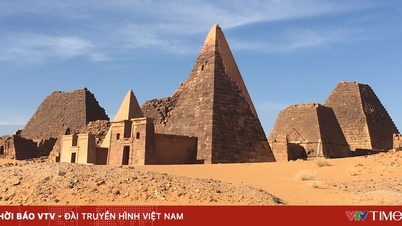

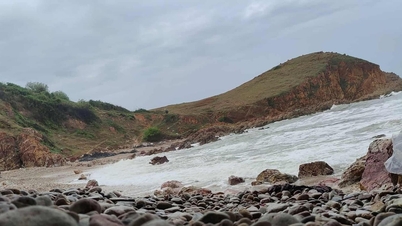






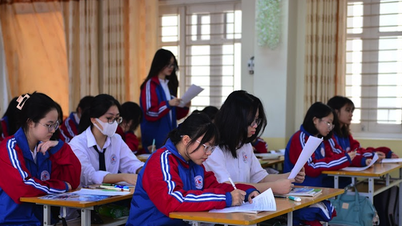









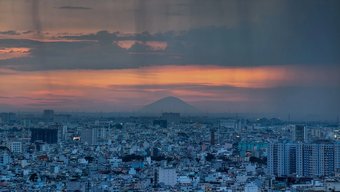







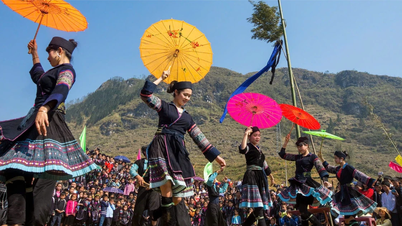

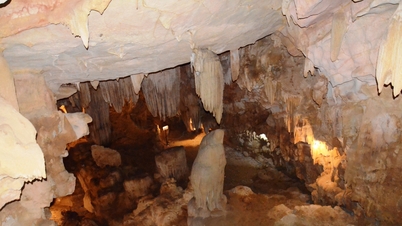






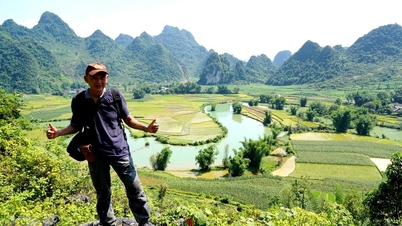

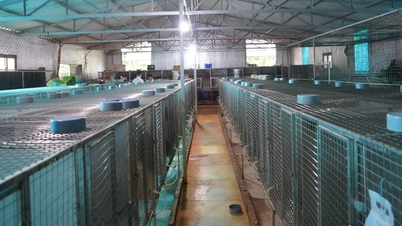













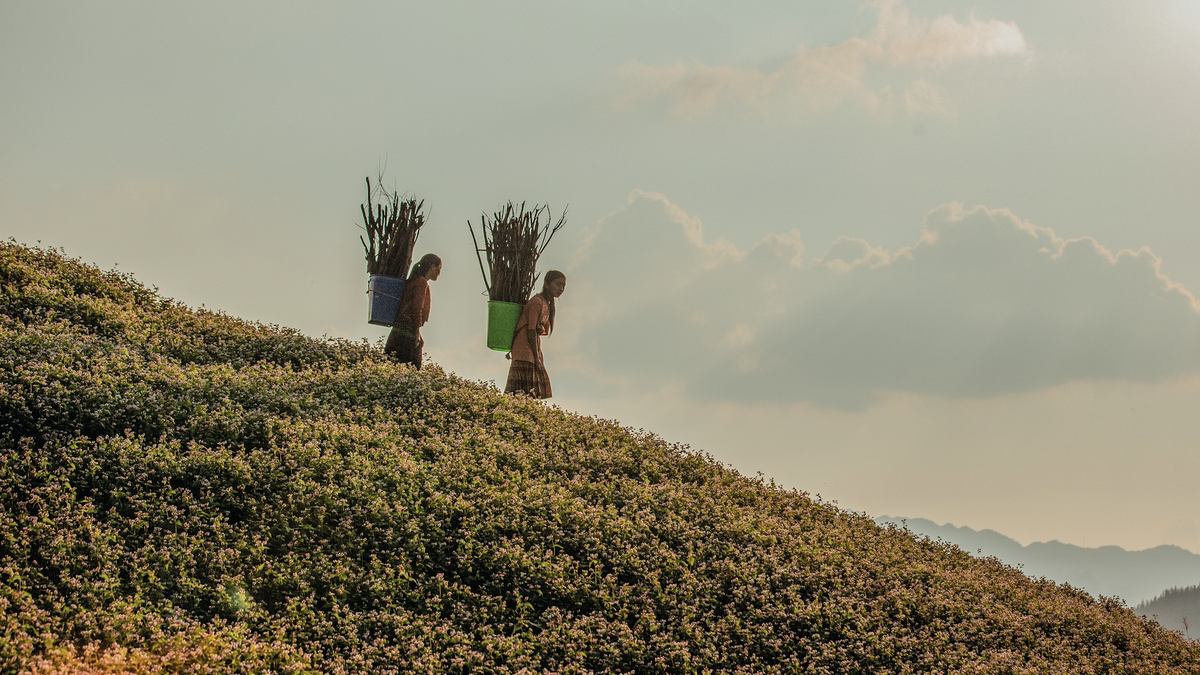
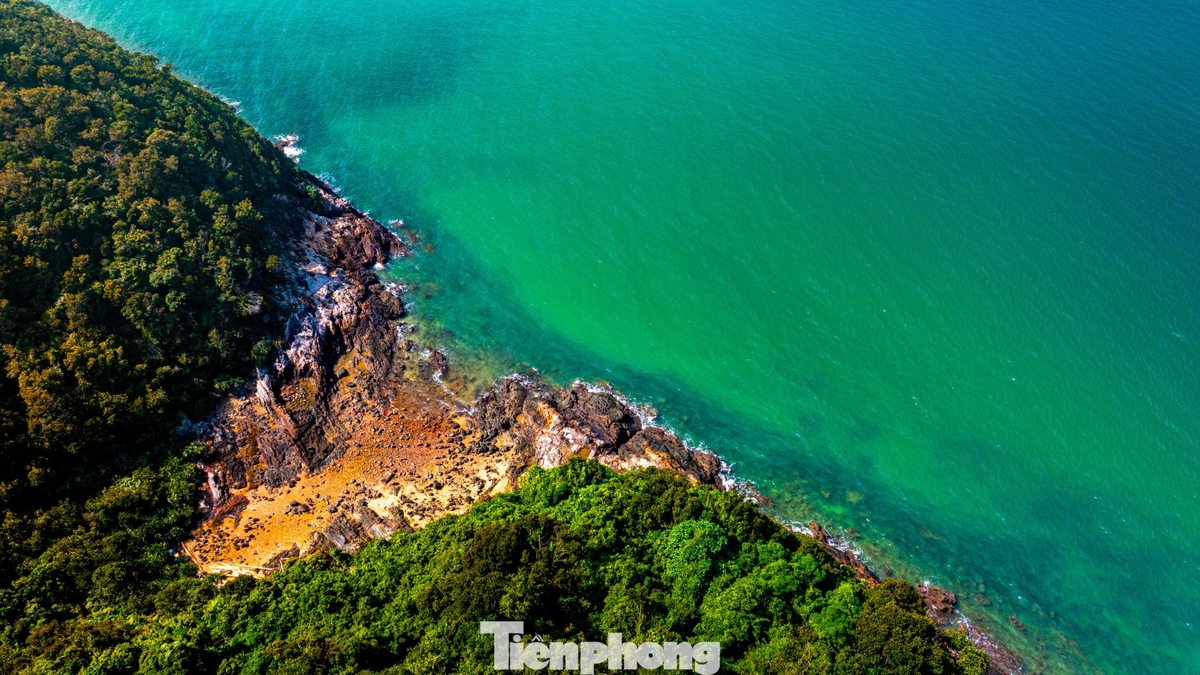
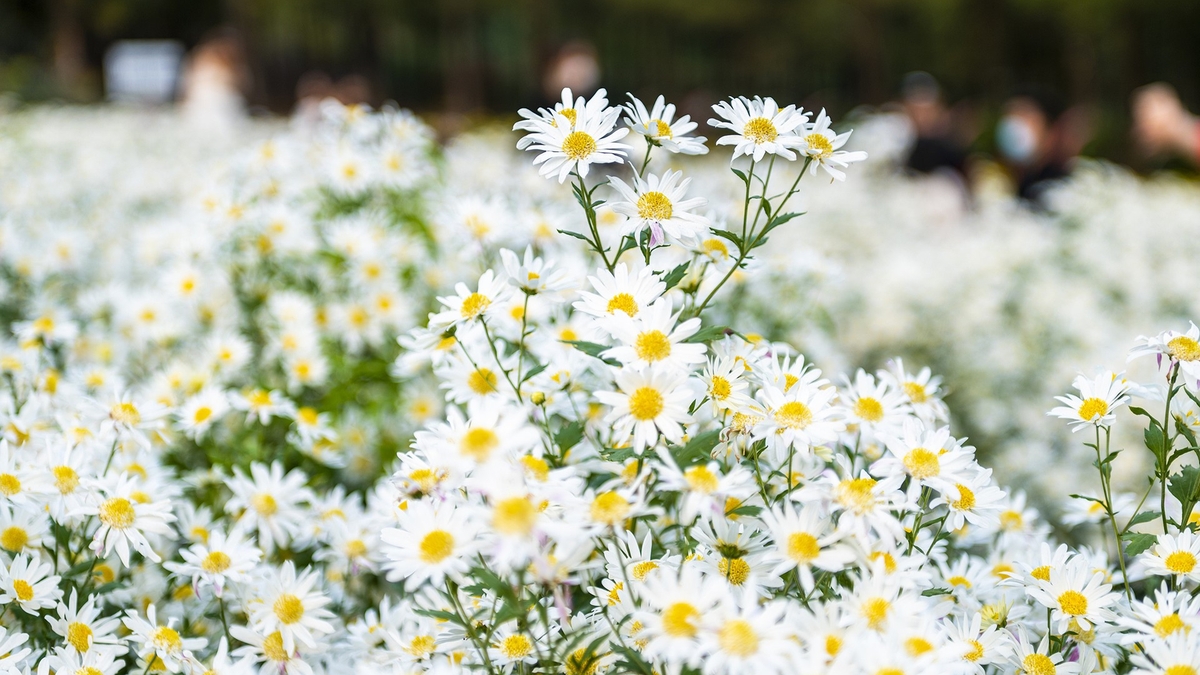

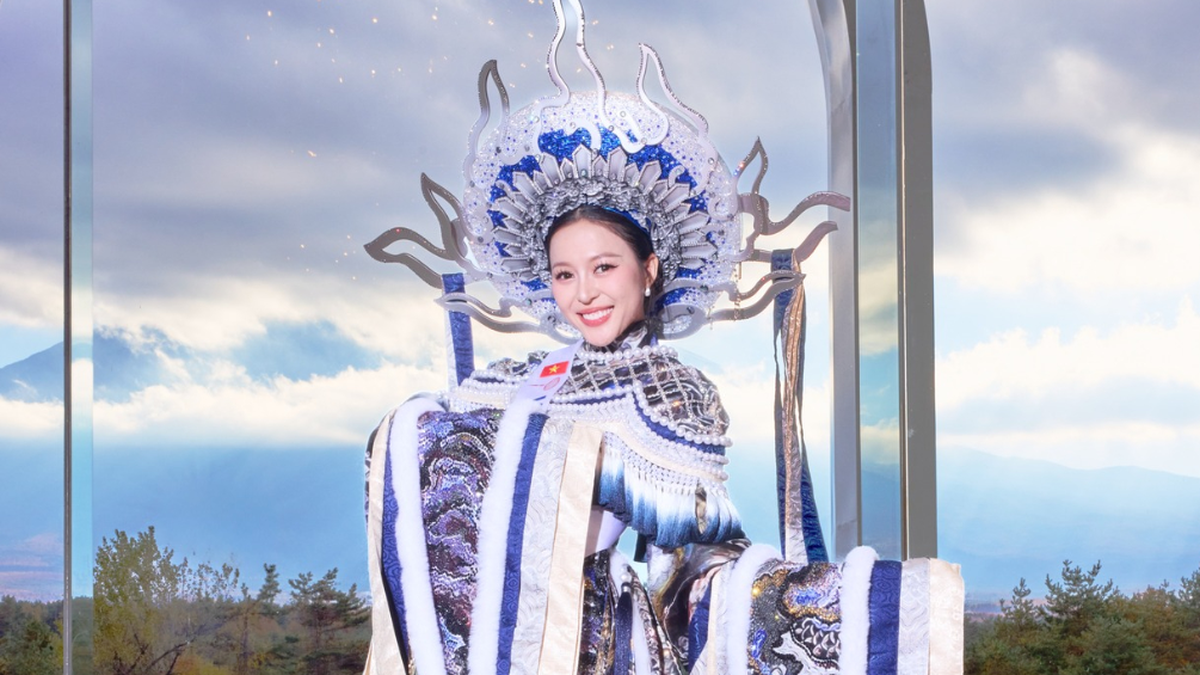
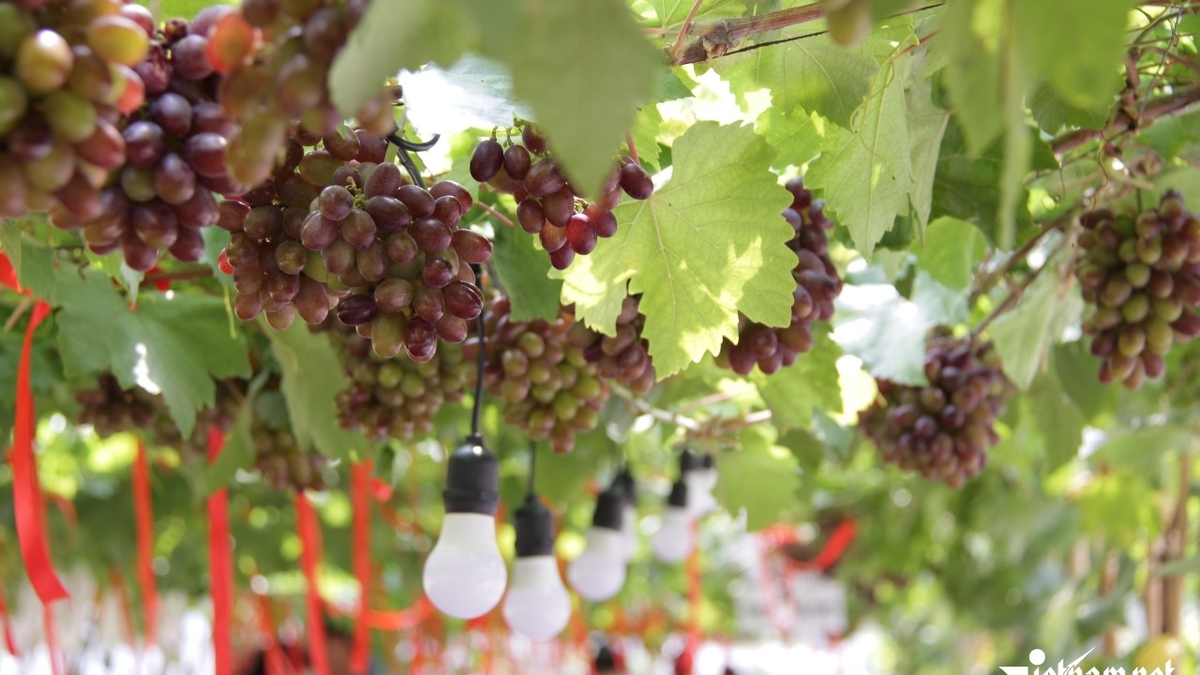







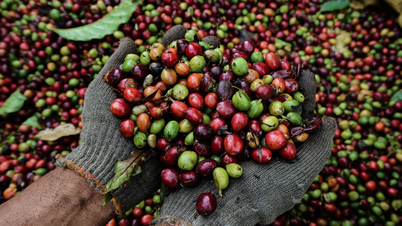


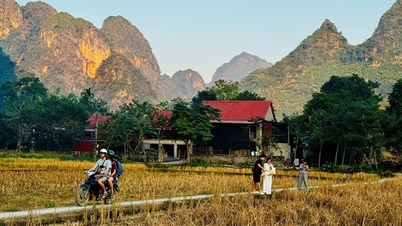

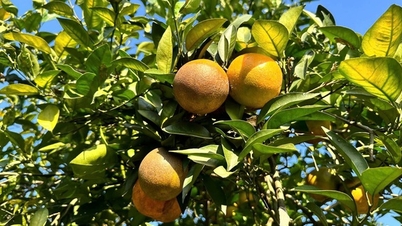





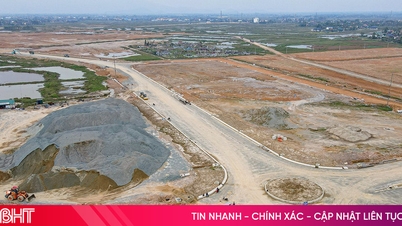







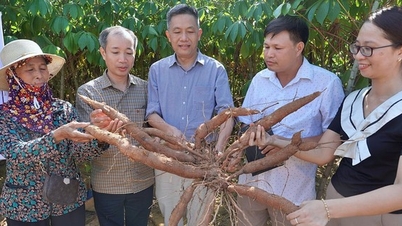













Comment (0)